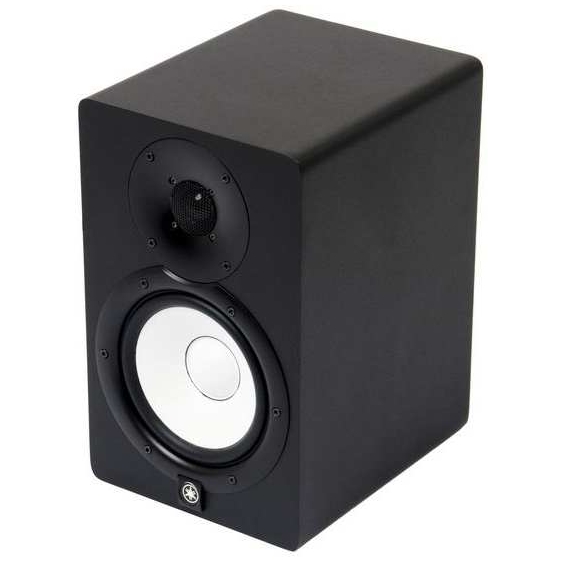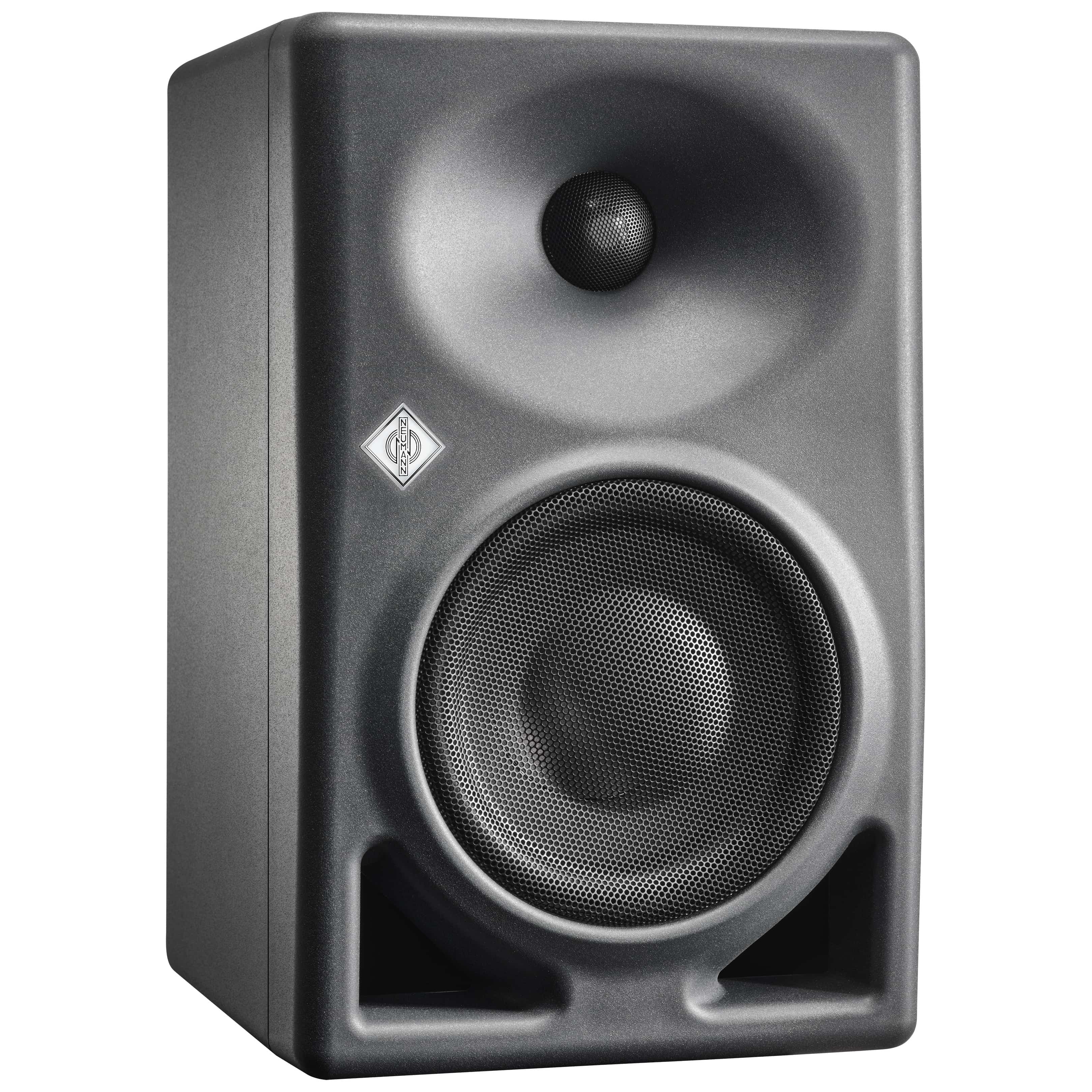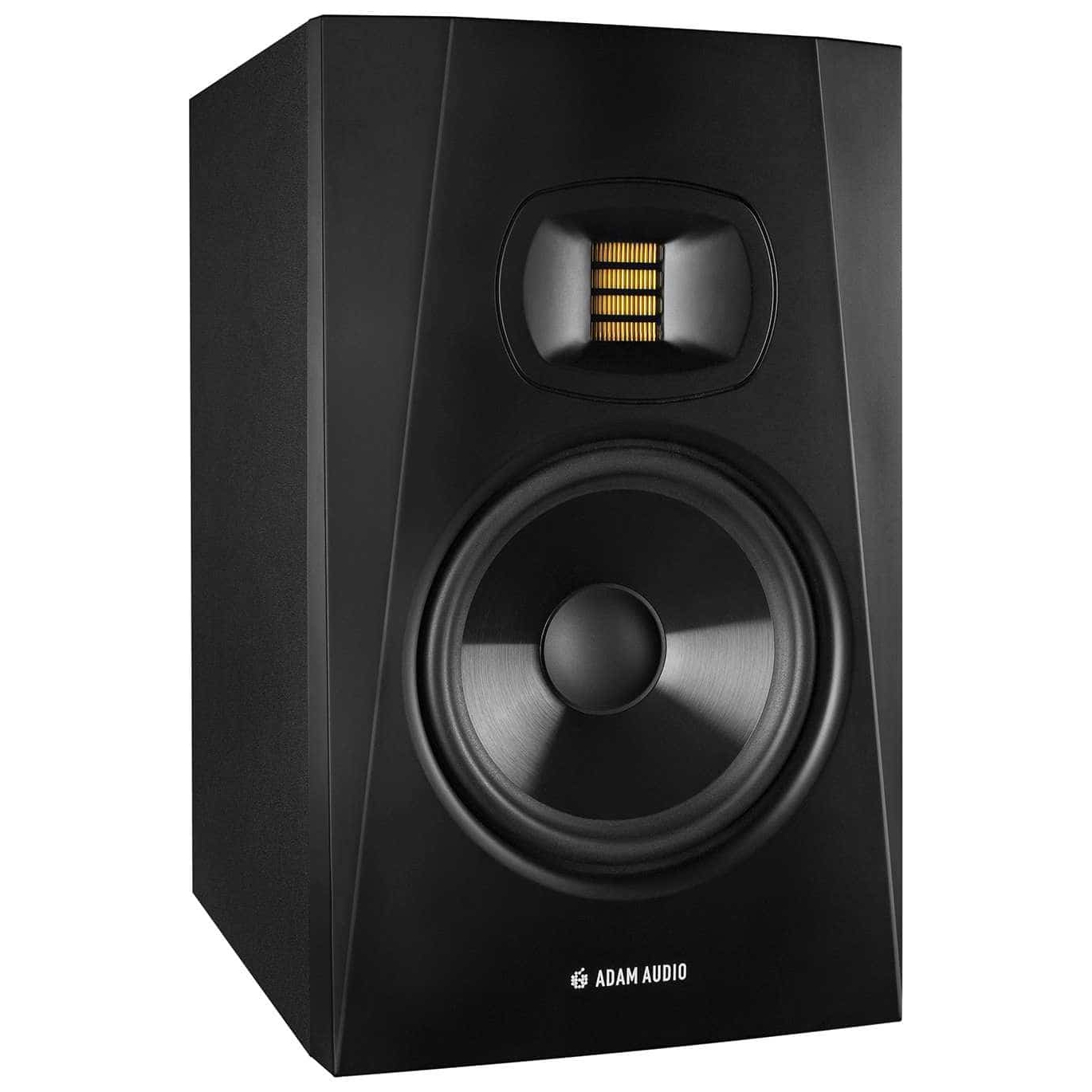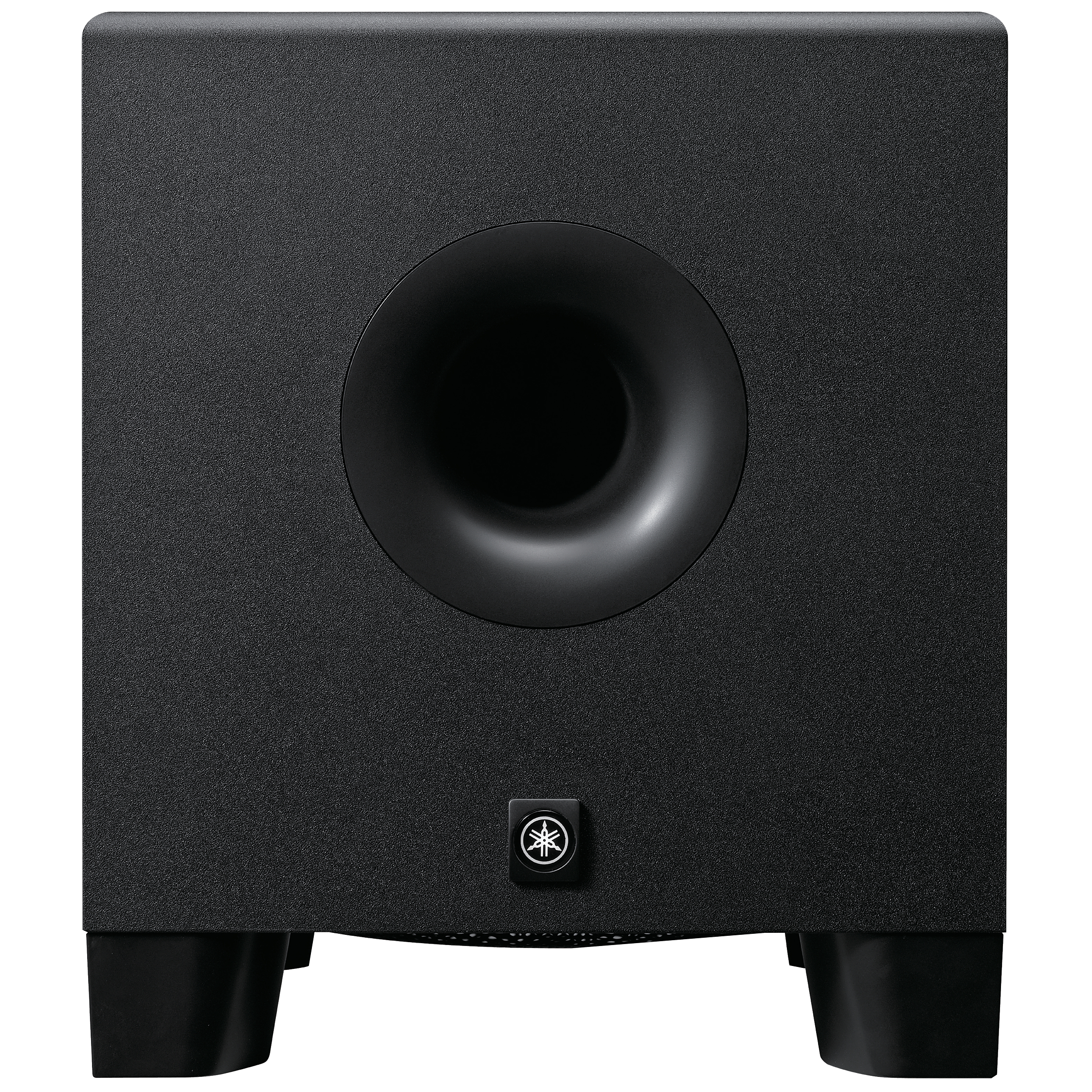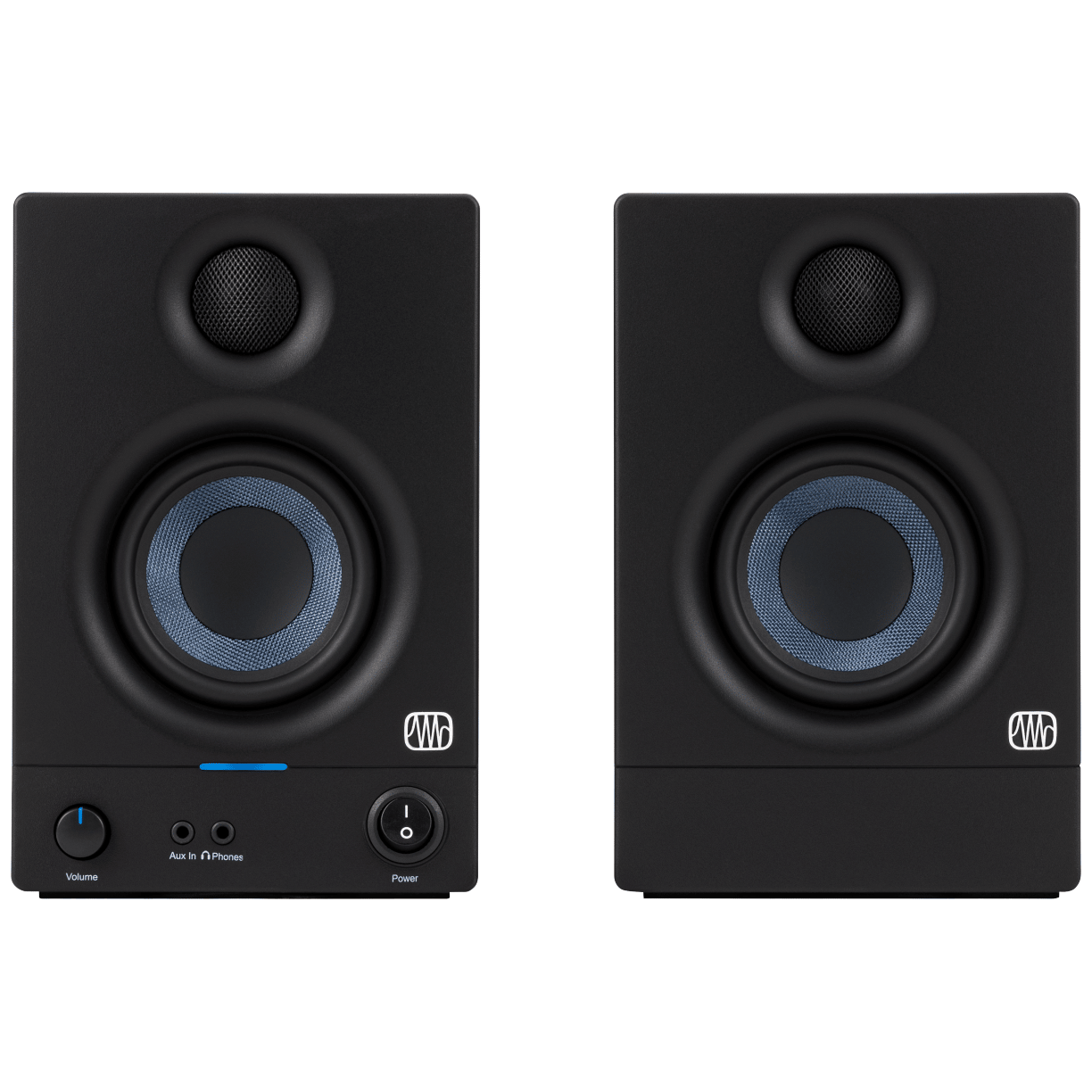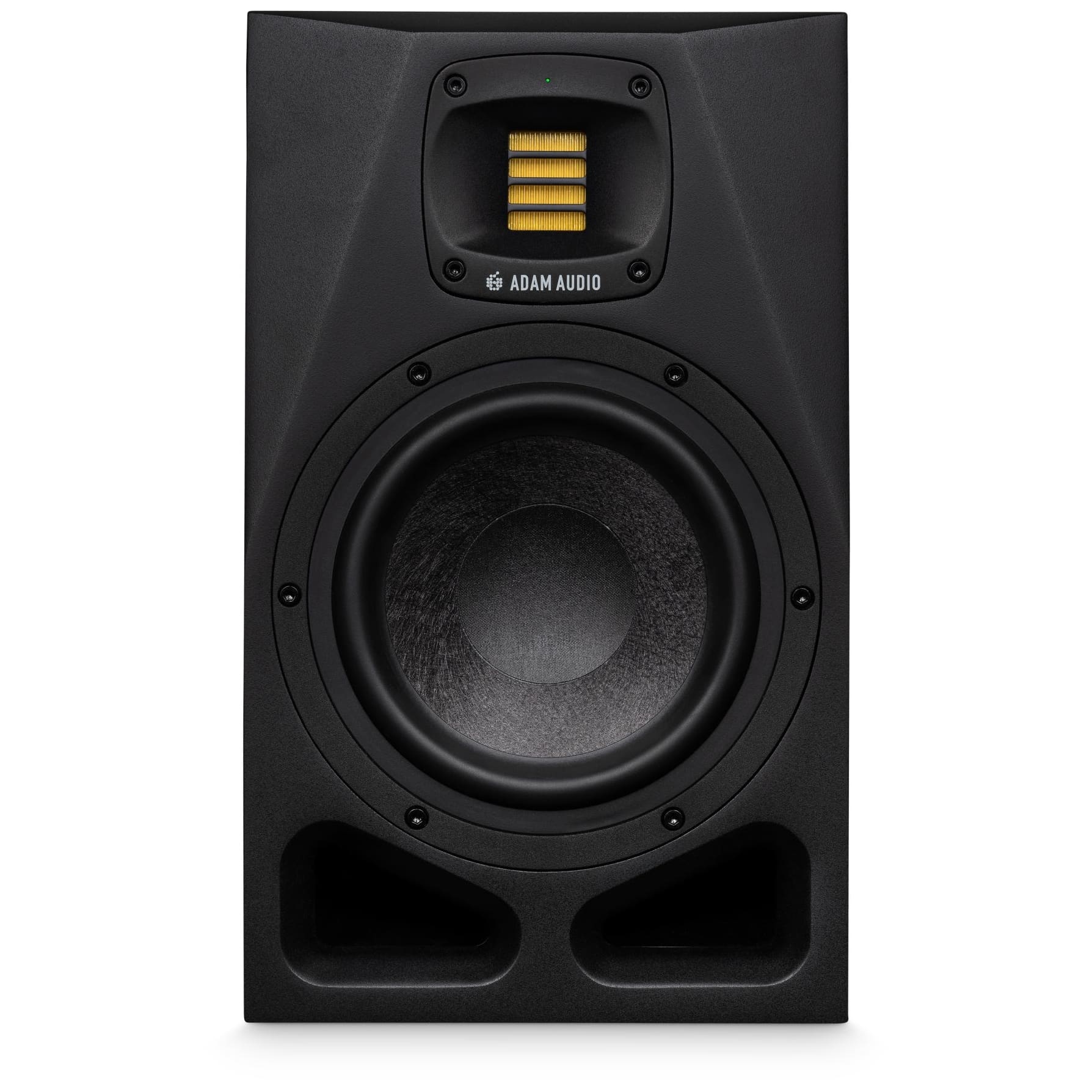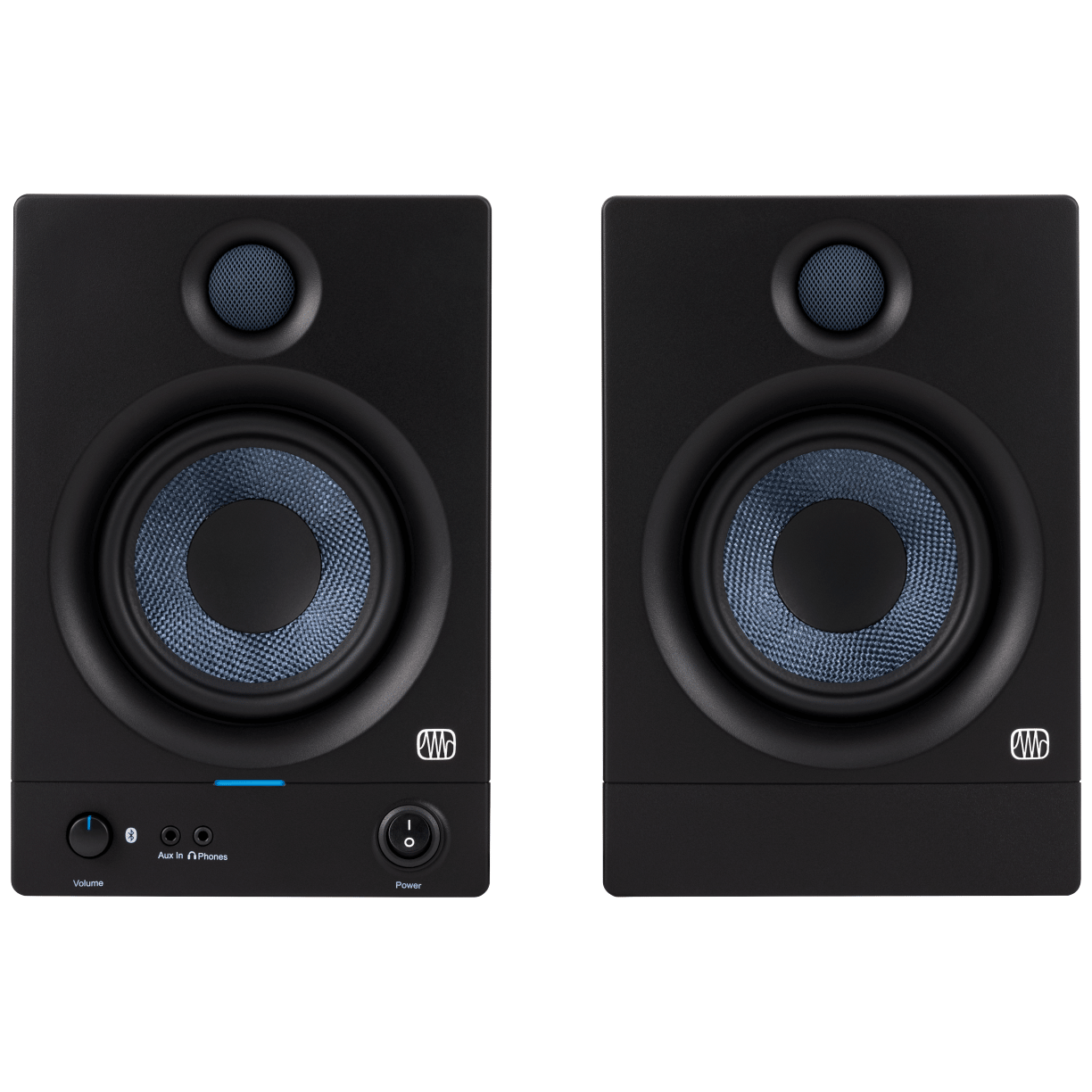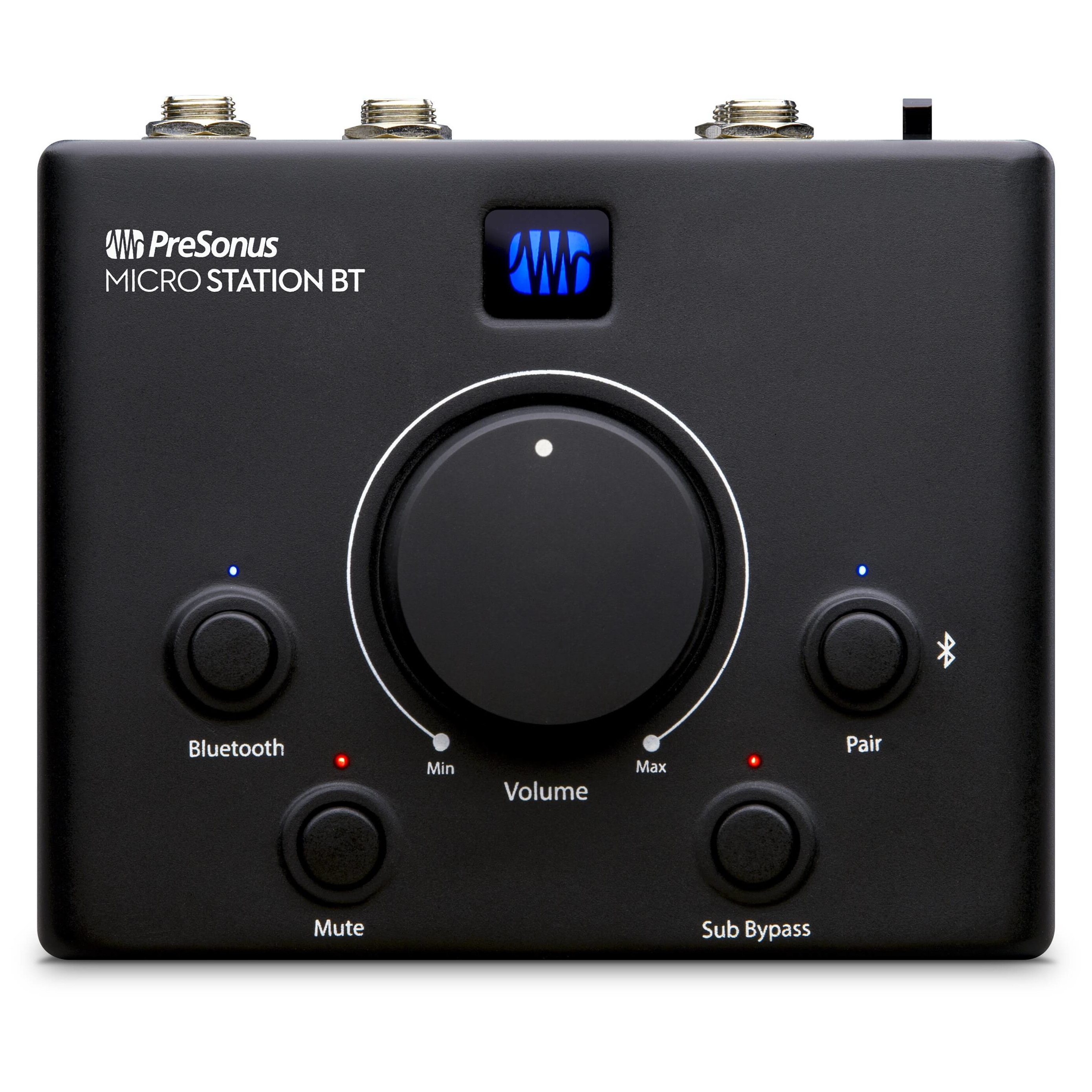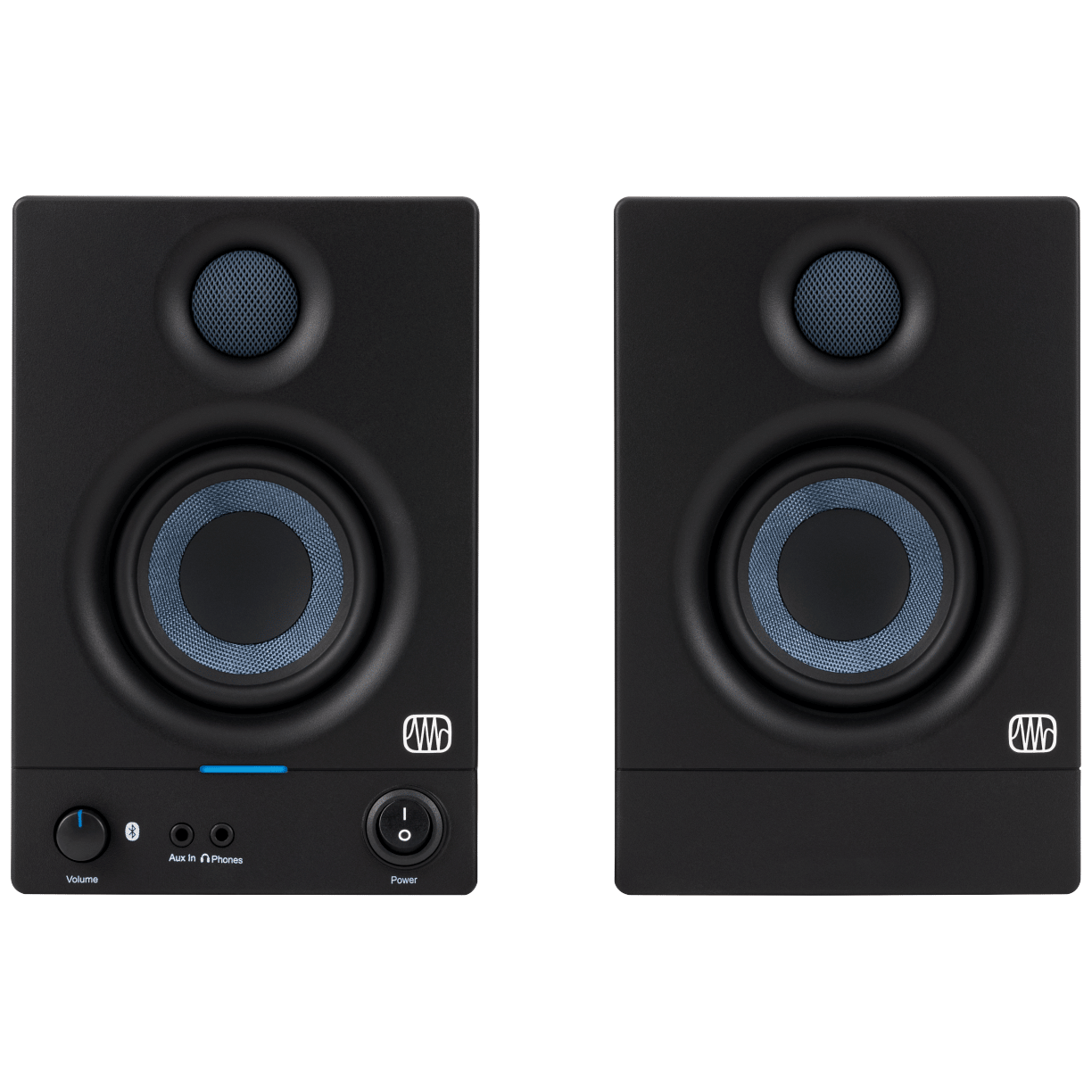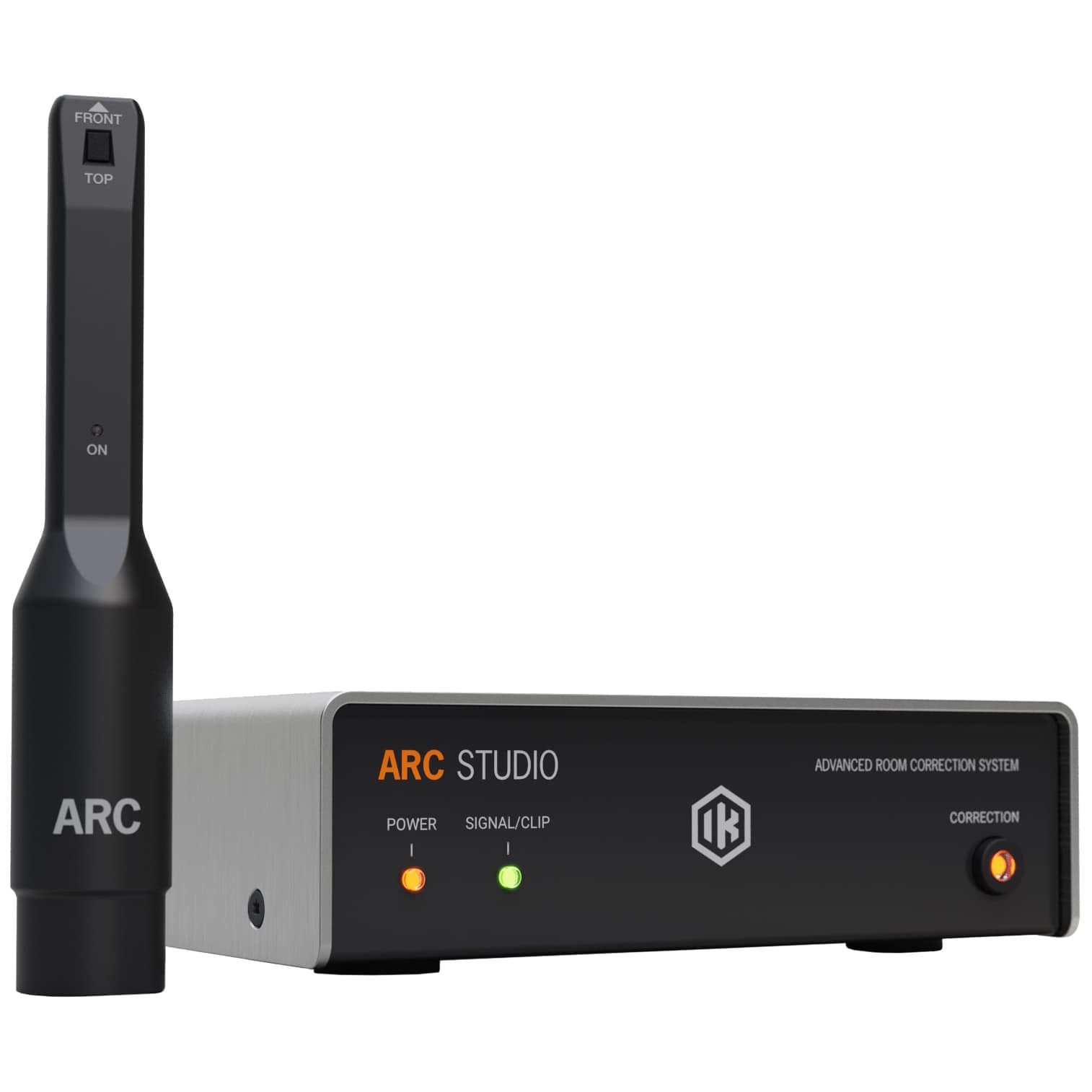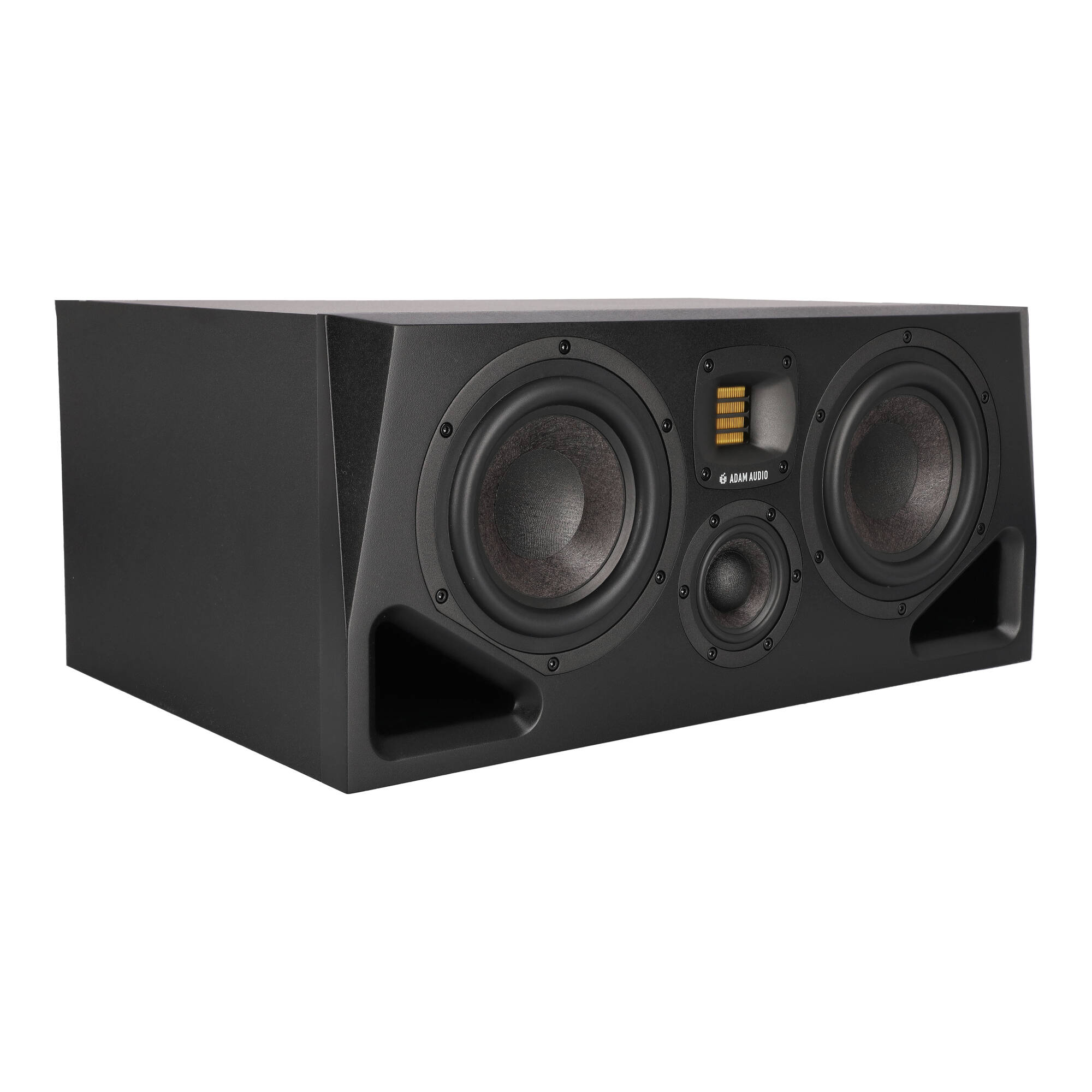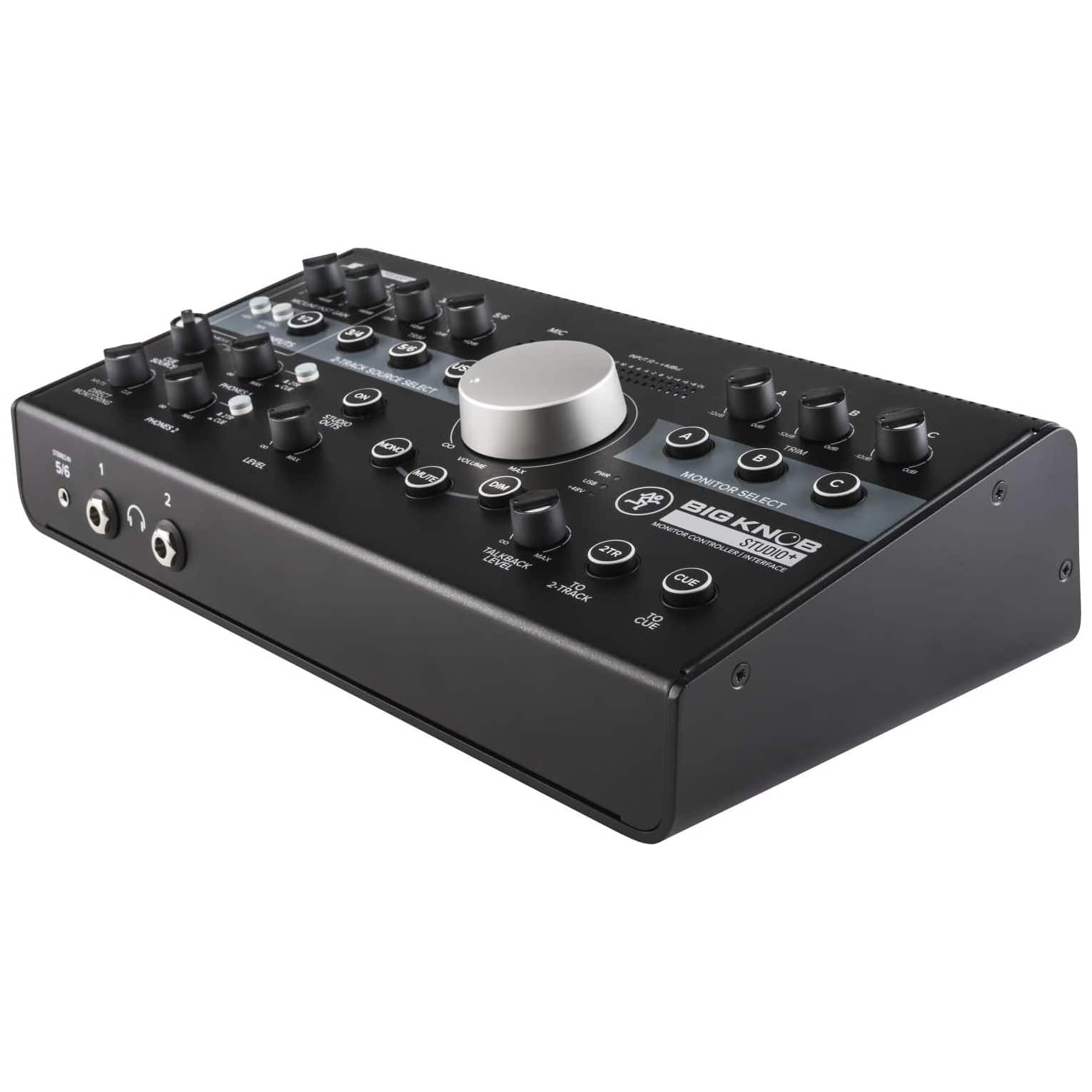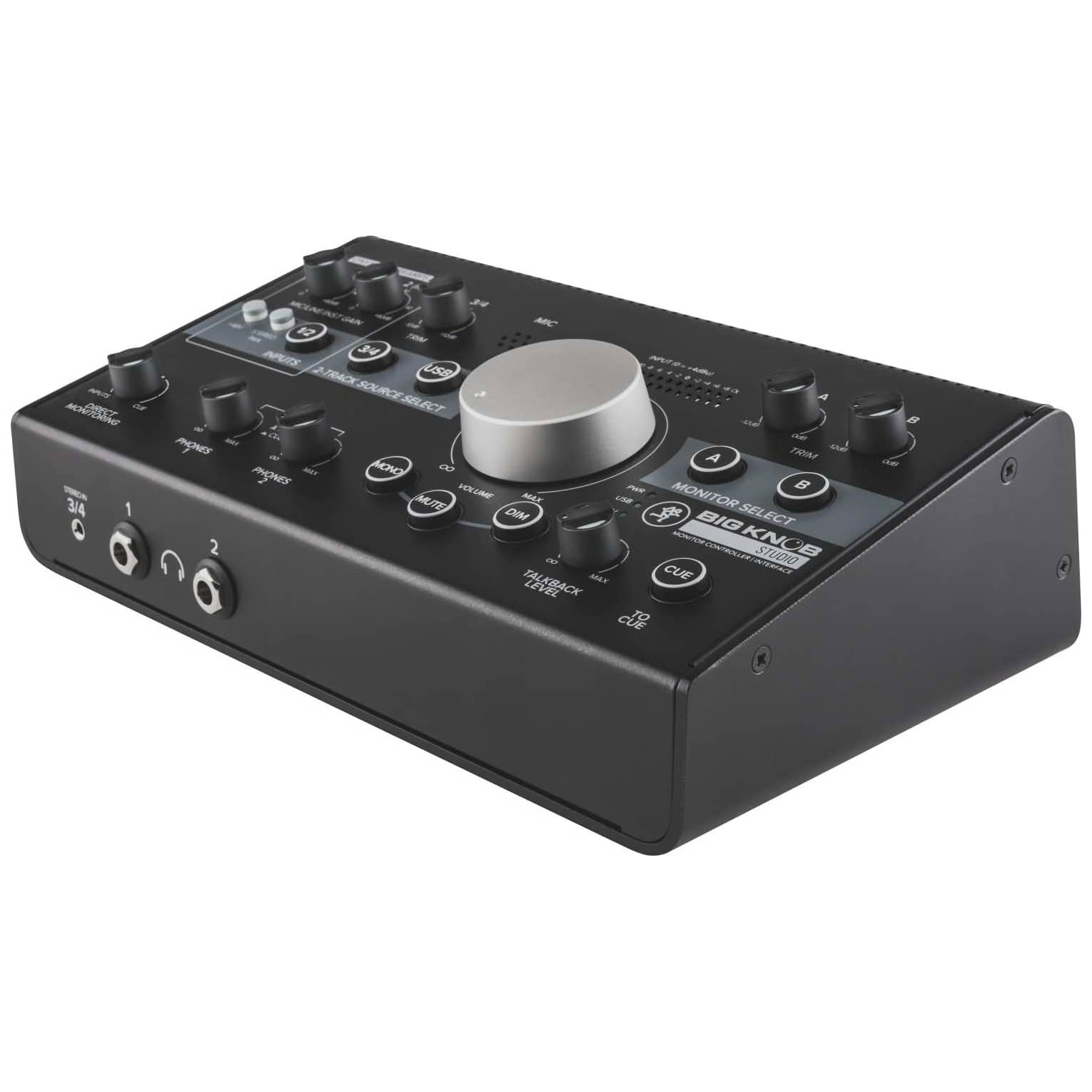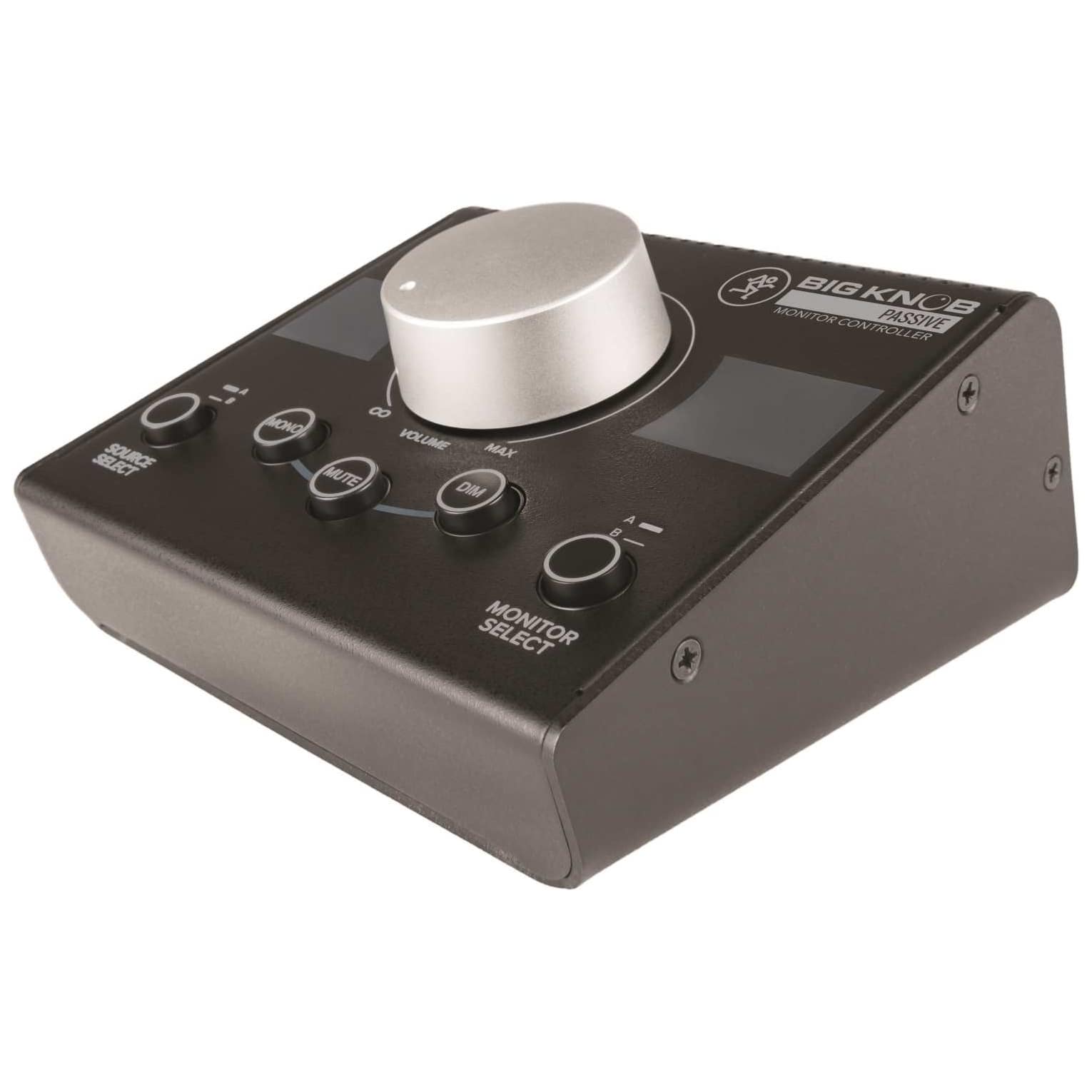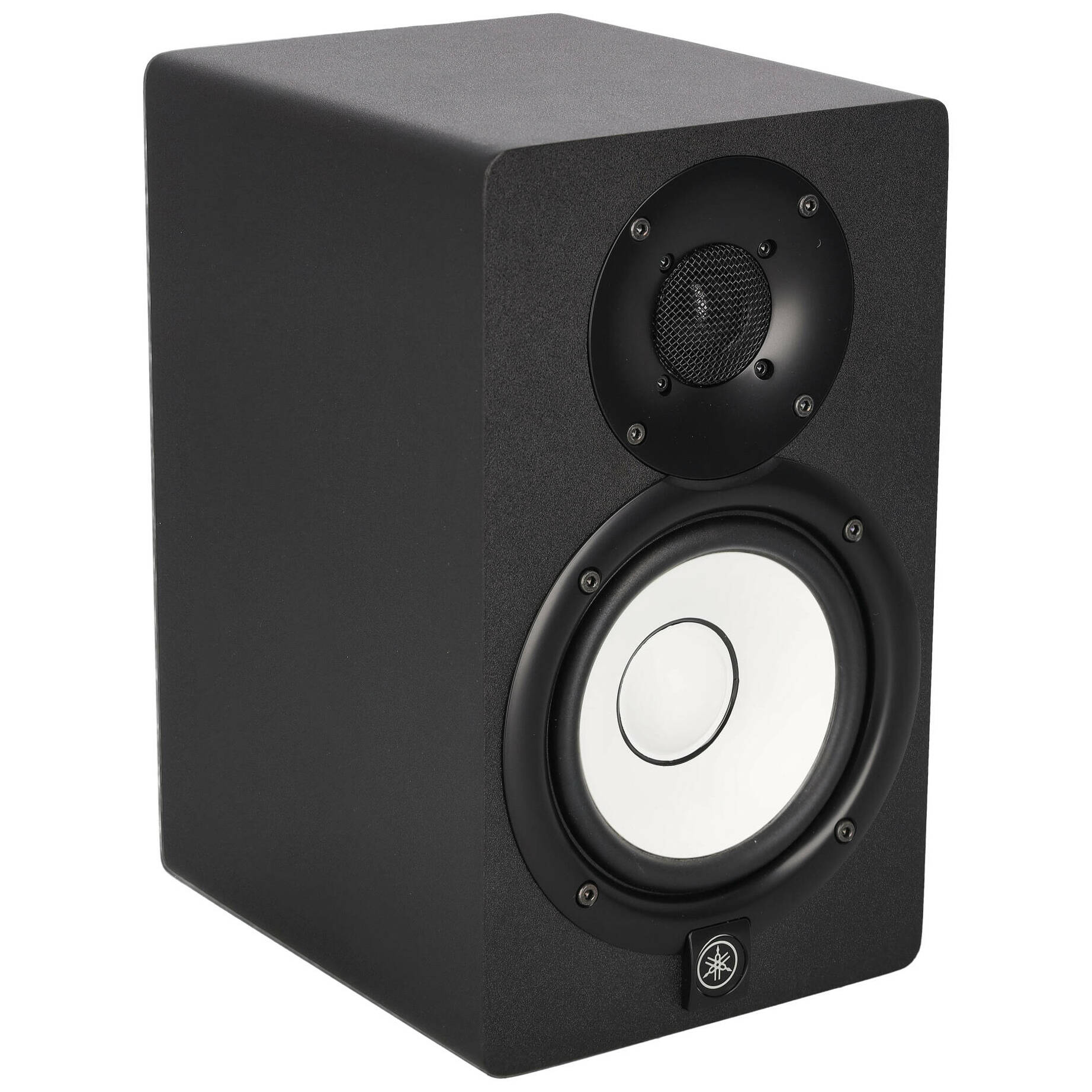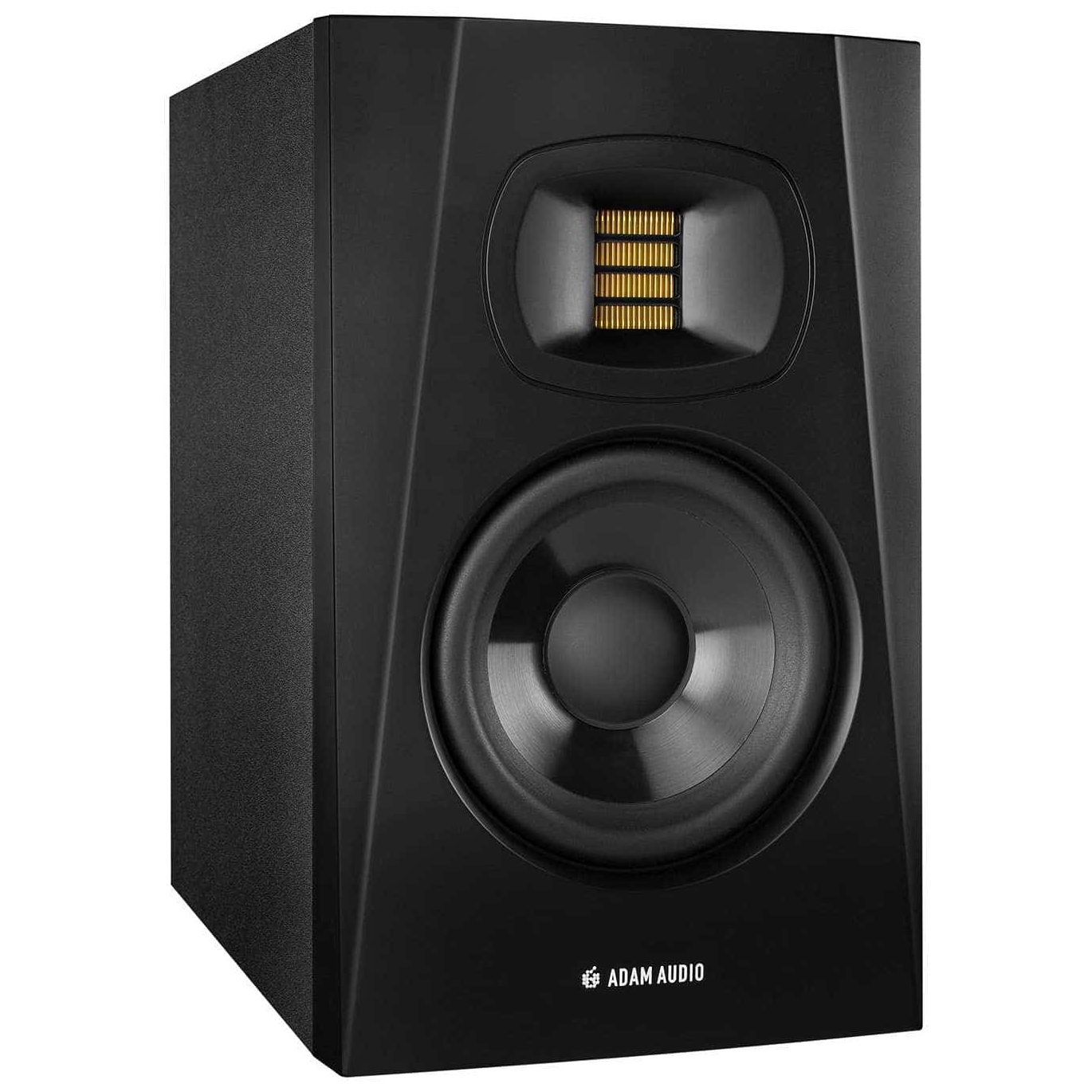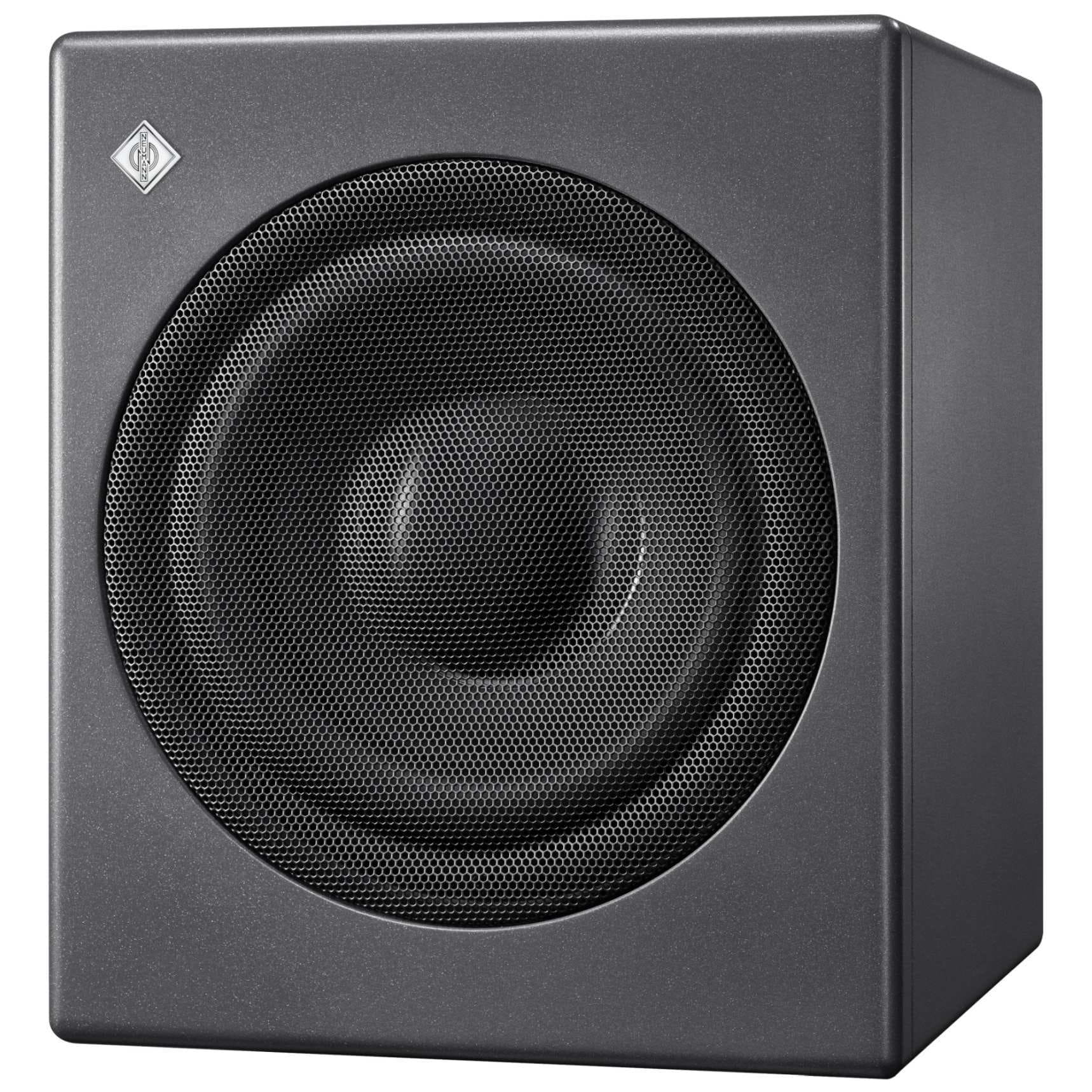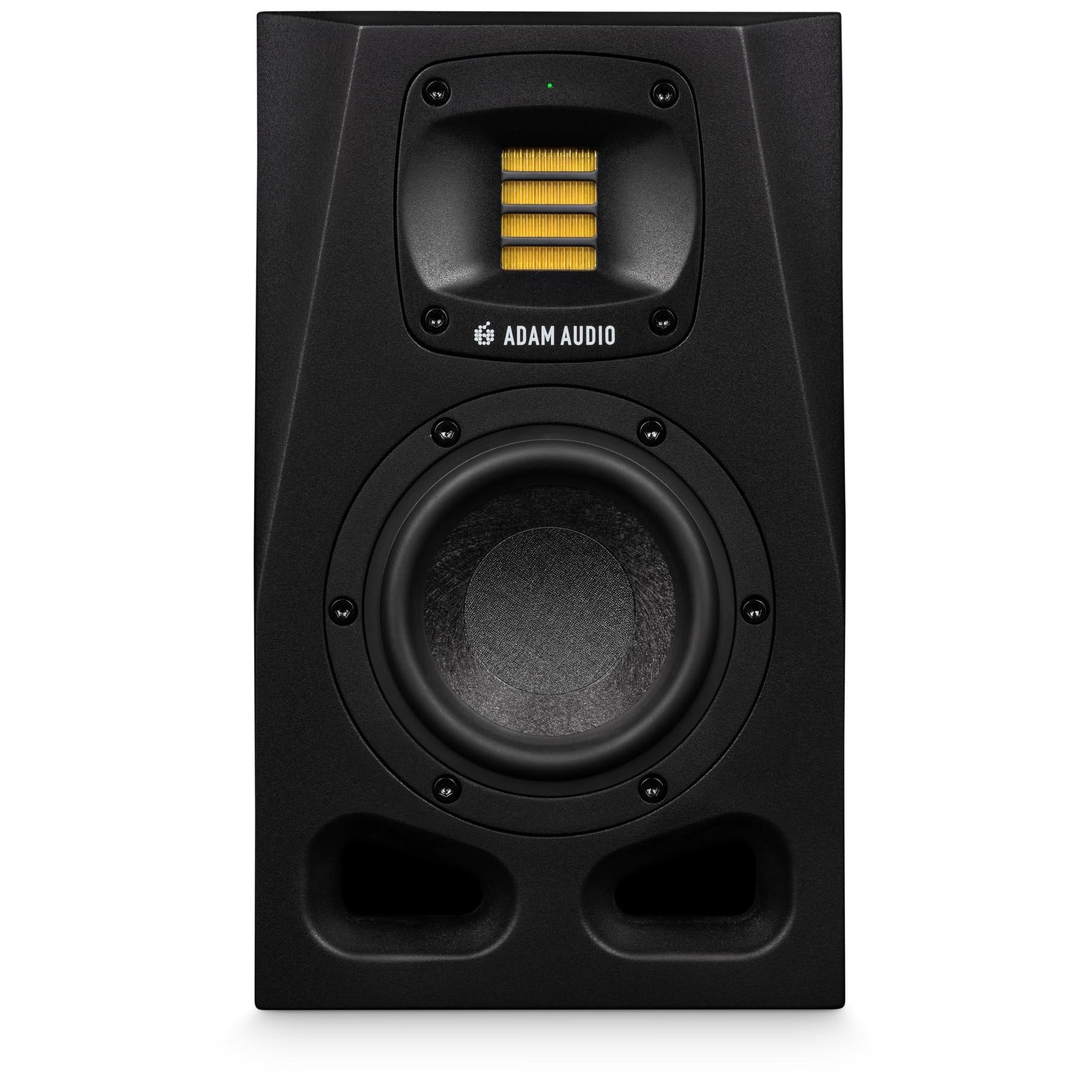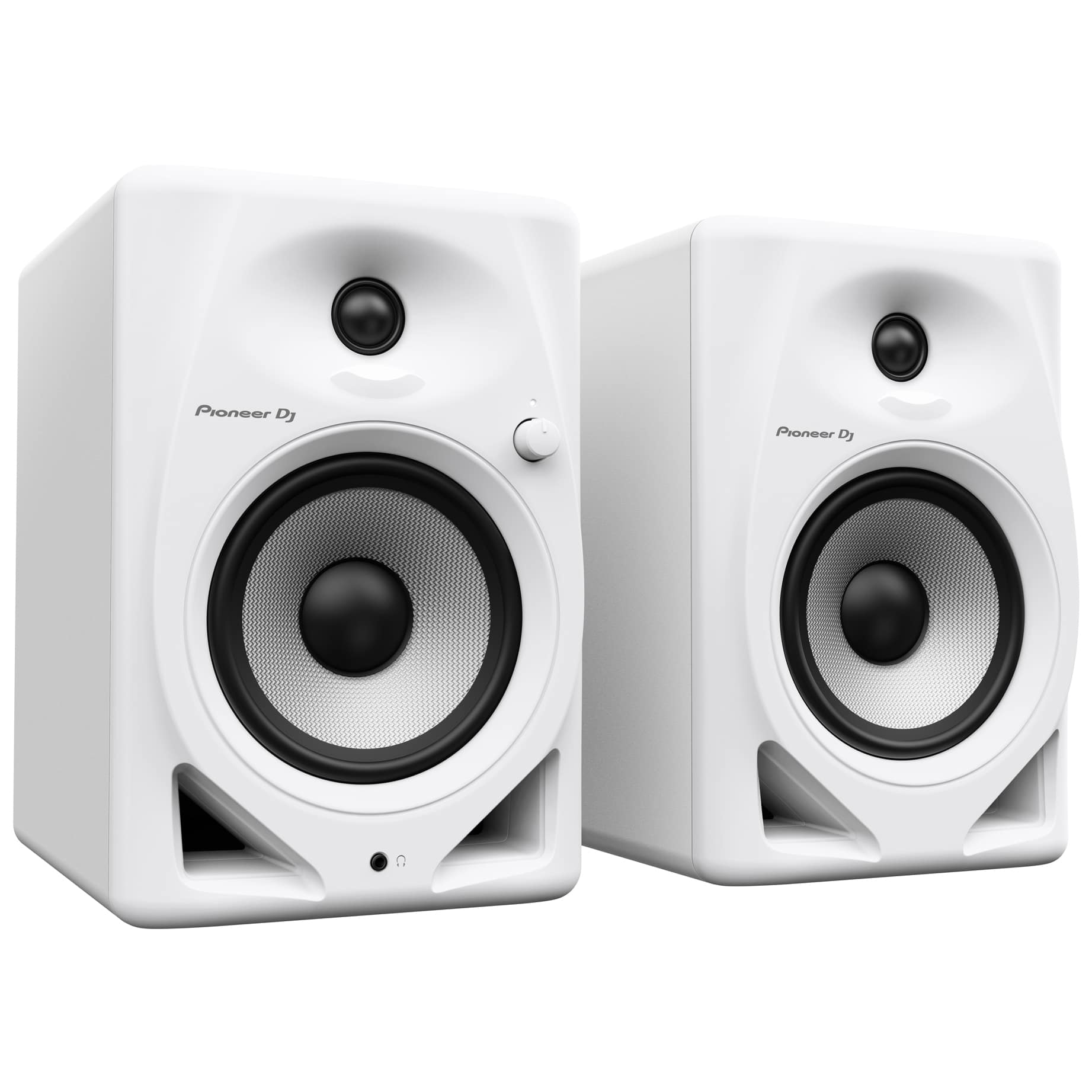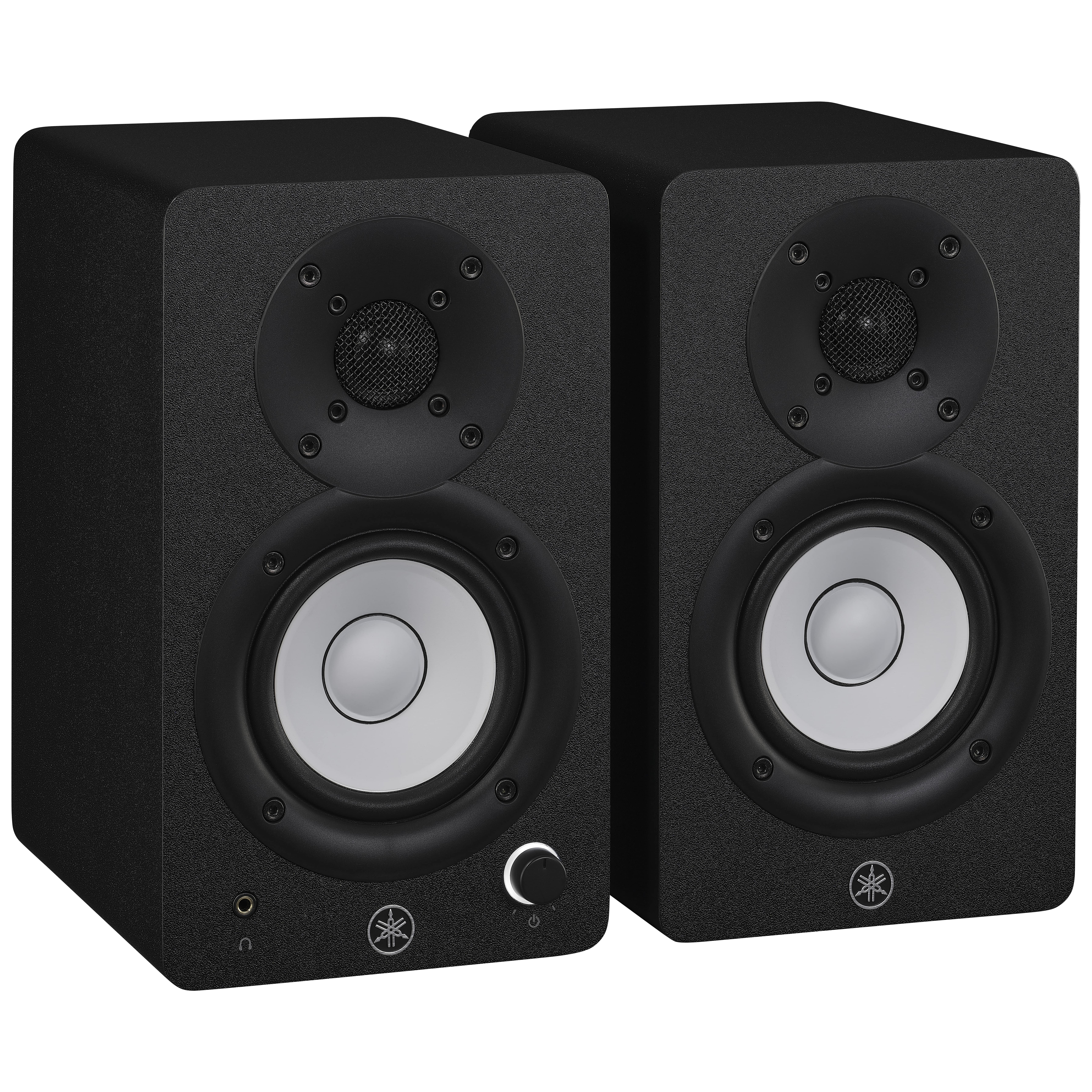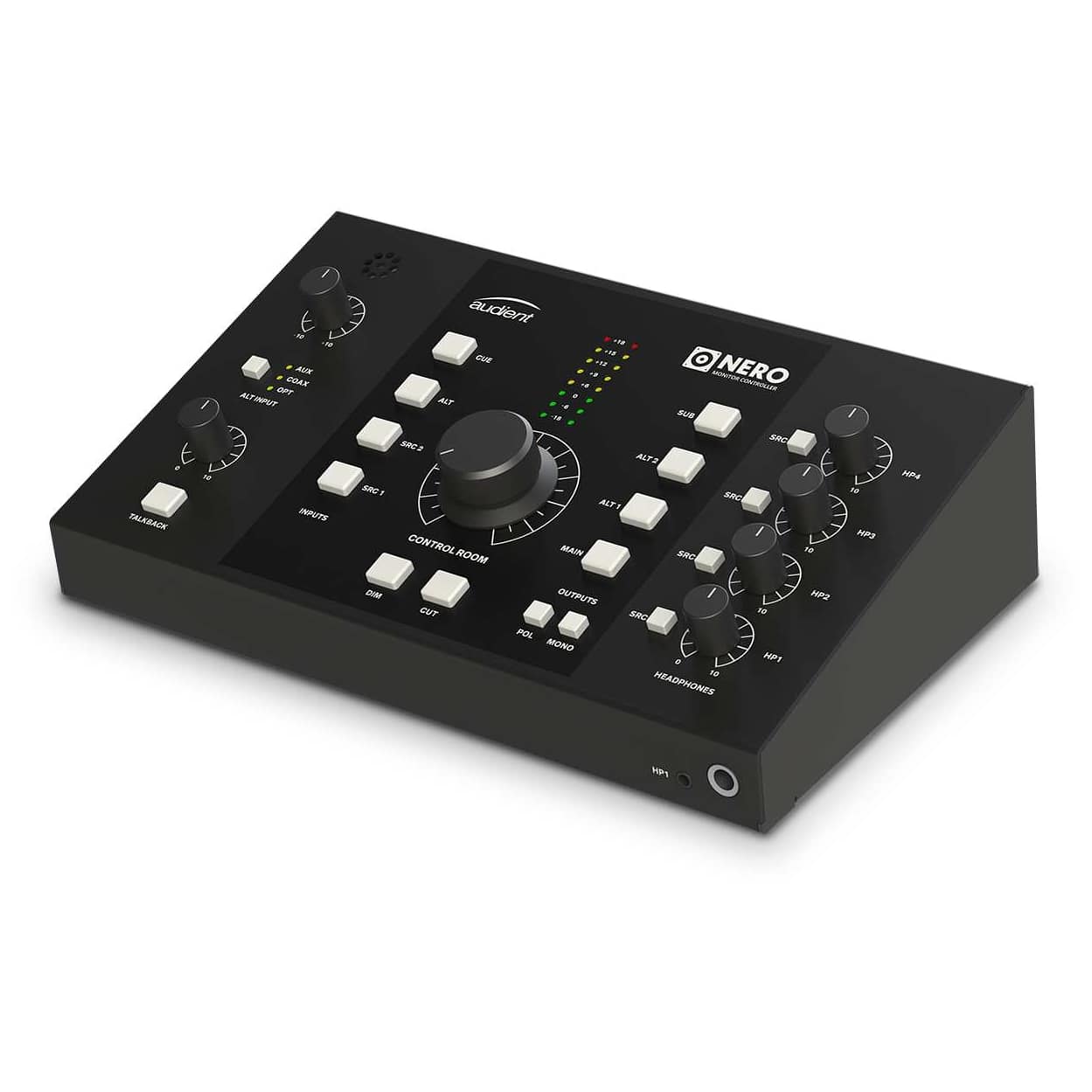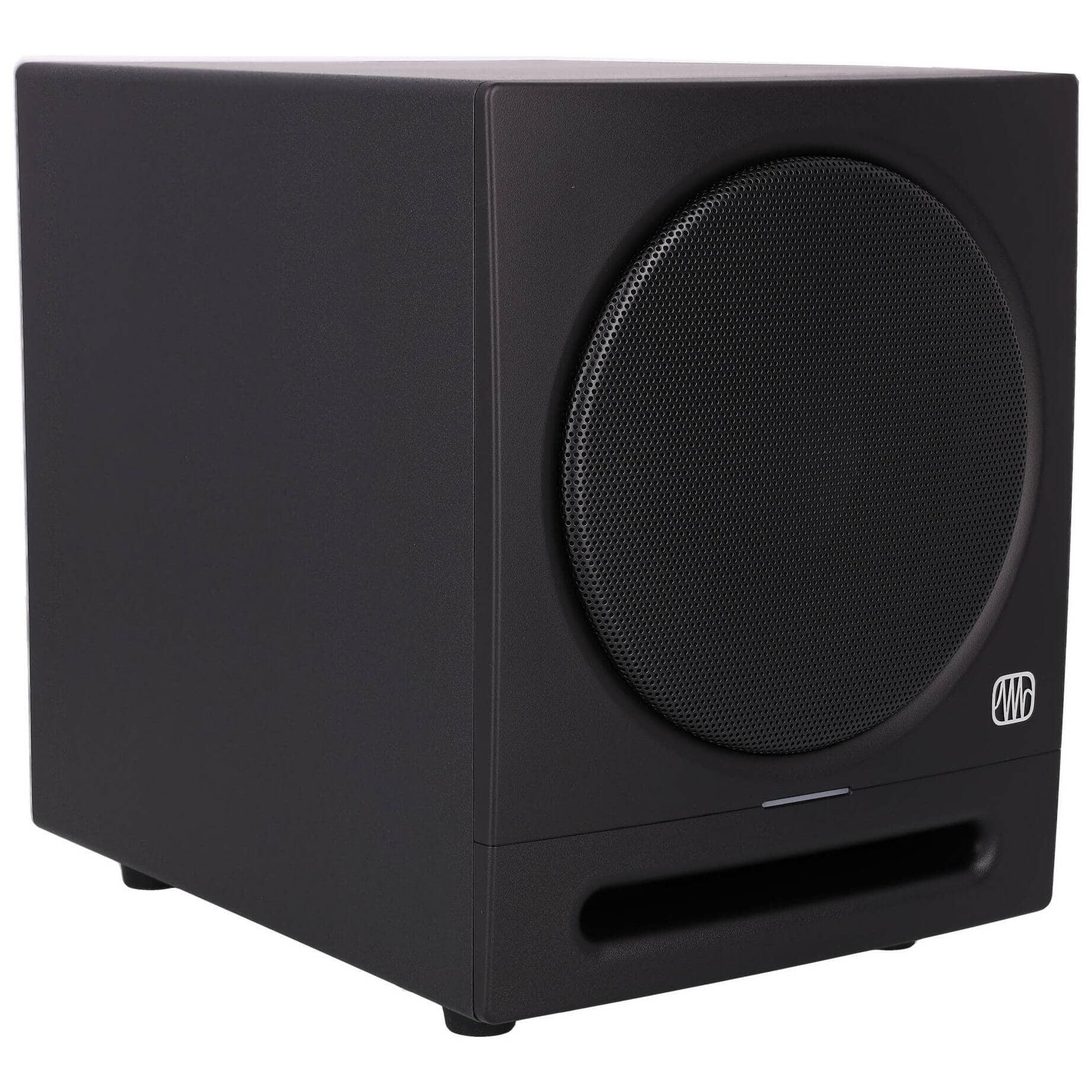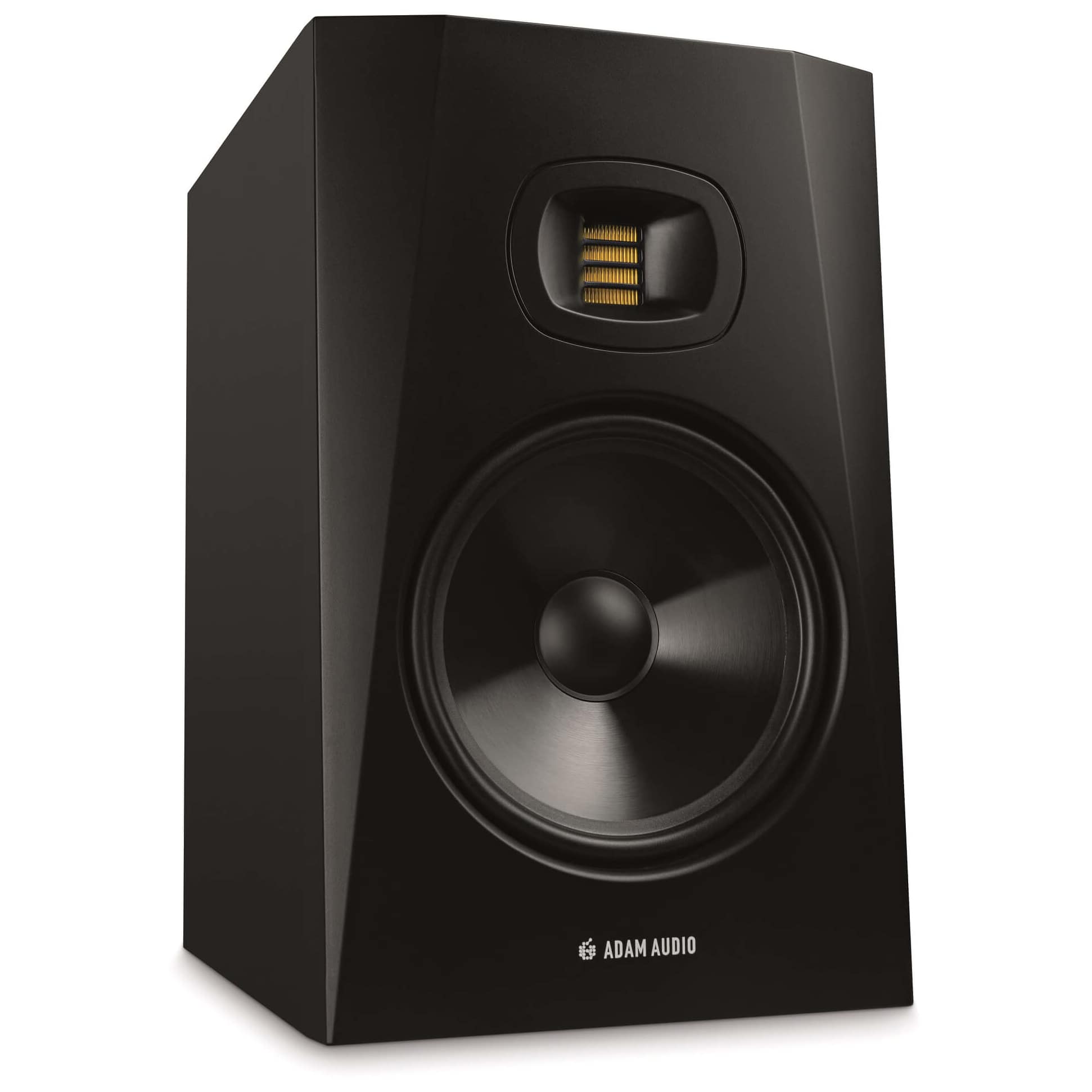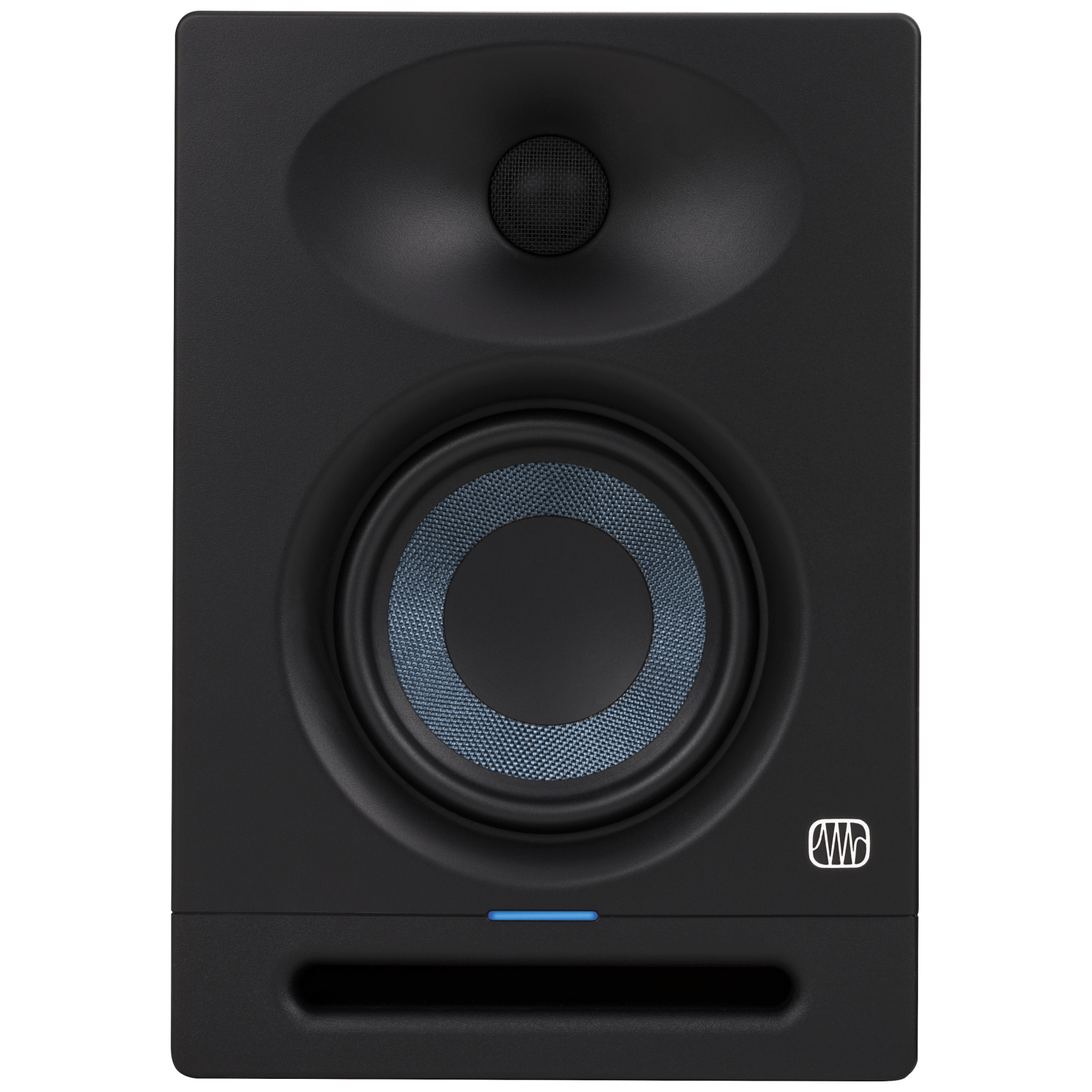What are studio monitors?
Studio monitors are special loudspeaker that are designed for listening to audio or sound recordings . Originally they were used primarily in the control rooms of professional recording studios . With ever-improving technology and cheaper components, they have now also found their way into the home recording sector. Good results can be achieved even with inexpensive boxes.
What is the difference between passive and active speakers?
The difference between passive and active monitors is quickly explained. A passive monitor is a loudspeaker that is powered by an external amplifier amplifier . They are connected to each other via a speaker cable. For active monitors, the amplifier is already built in . In order to supply them with tension , each box is usually individually connected to the socket. The advantage of this is that active studio monitors can be connected directly to the monitor out of the mixer or audio interface . On some active models, the electronics are located on the outside of the enclosure. For example, you can easily regulate the volume of the loudspeaker .
Can't I just use my HiFi loudspeaker ?
While hi-fi loudspeaker are used more for entertainment and provide the most “beautiful” sound possible, active studio monitors deliver an “authentic” , or rather “accurate” sound. Studio monitors can therefore also be understood as control instruments . They serve as an analysis tool for the producer or musician. Monitor boxes make it possible to work on the sound of your own production, evaluate it critically and ultimately perfect it. Even the smallest changes to the audio signal - e.g. with equalizers, compressors and effects - can be perceived immediately and in a differentiated manner via studio monitors. With a hi-fi loudspeaker , however, you would have to listen five times to even notice a change. This would put too much strain on the ears over the course of a production and tire them more quickly. We therefore recommend using appropriate studio monitors to listen to audio or sound recordings.
Which monitor is right for me? The differences between nearfield and midfield monitoring.
If you look at the development of recording studios, you will quickly notice that large loudspeaker are often used in large studios. These large loudspeaker are usually accompanied by other pairs of loudspeaker. These are often not quite as large as the main listening system, but both variants have their place. Professional recording studios often allow themselves the luxury of listening to their productions on multiple speaker systems . This helps you to critically assess the (unfinished) song and, as already mentioned above, to coordinate the individual audio signals homogeneously with one another. Ultimately, the finished song should sound optimal on as many pairs of speakers and headphones as possible.
Midfield monitors
The larger studio monitors are known in professional circles as midfield monitors. They are often equipped with 12" speakers (or larger) and can make a lot of noise due to their physical dimensions . They are called "midfield" because they are often 3 to 5 meters away from the mixer . The practical advantage of this Large loudspeaker consist of space for 2 to 4 people in a convenient listening position in front of the pair of loudspeaker or at the mixer.
Nearfield monitors
Their smaller sibling pairs are called nearfield or near-field monitors. They are placed in the room a maximum of 2 meters away from the mixer . Due to their more compact dimensions and because you usually don't need the full power of the speaker to listen, nearfield monitors are usually the first choice. An additional advantage of the smaller loudspeaker is that you are closer to the monitoring system and the inherent sound/reverberation of the room is reduced to a minimum. The relatively low purchase price should also not be underestimated. If you long for (even) more differentiated bass from your monitoring system, both midfield and nearfield monitors can be retrofitted with a subwoofer .
Where is the best place to place my studio loudspeaker ?
No matter which monitor variant you ultimately choose, the important thing is the correct placement. In our example we will discuss the most common form, the near-field monitors. The loudspeaker boxes should ideally be at a distance of 1 to 1.5 meters from the listening position . The monitors should be aligned so that an equilateral triangle forms with the back of the head. The so-called “stereo or listening triangle” . The sound should come from the box directly to the ear. In addition, care should be taken to ensure that the loudspeaker are 1 meter away from the nearest wall . Appropriate stands, shelves and holders help you position yourself in the room.
Would you like to be closer or would you rather wander into the distance?
Unfortunately, we cannot answer the question of whether you should choose an active nearfield or midfield monitor. However, we recommend that you visit our branches in Walldorf and Frankfurt and stop by our recording department before purchasing . We will be happy to give you expert advice on site and you can listen to various monitors from high-quality manufacturers such as Yamaha , Genelec , Neumann , KRK , Dynaudio and Adam in an A/B comparison . If you don't have the opportunity to visit us, we are of course available to give you a personal consultation on the phone or by email. You also benefit from our large online range and the 33-day return policy.
It's best to get information today and get started tomorrow with your new studio monitors from session .
#makemoremusic
 Trusted Shops: 4.84/5,00 (10085)
Trusted Shops: 4.84/5,00 (10085)


